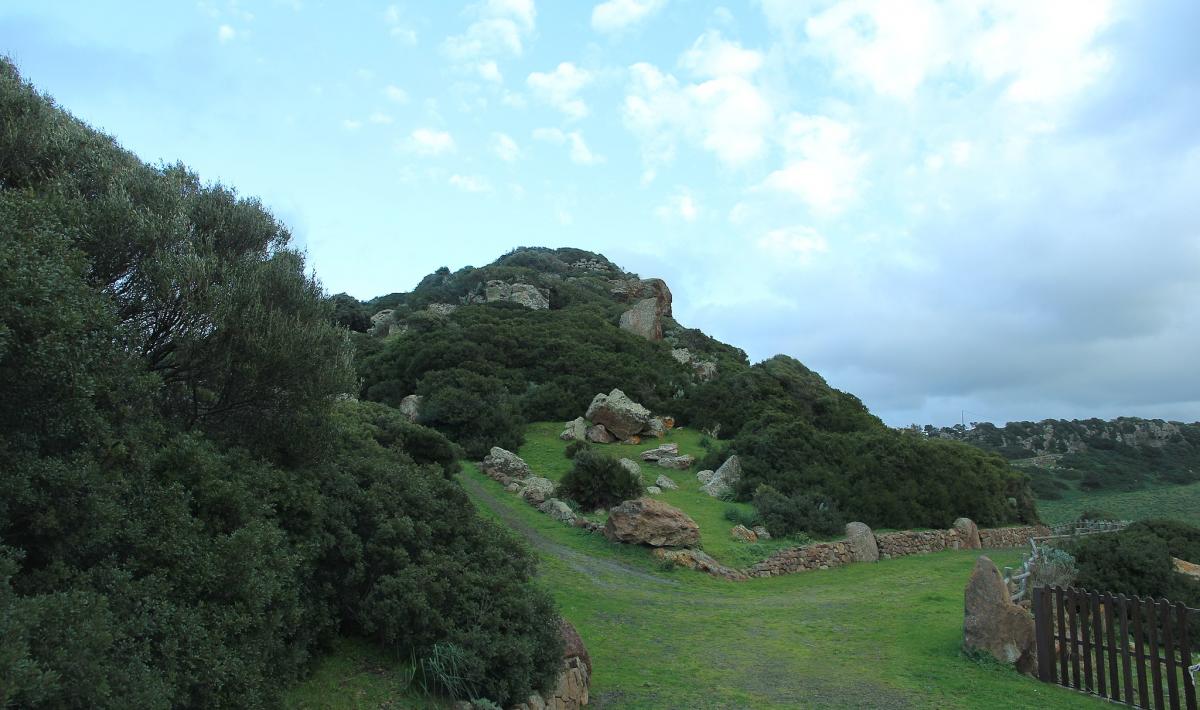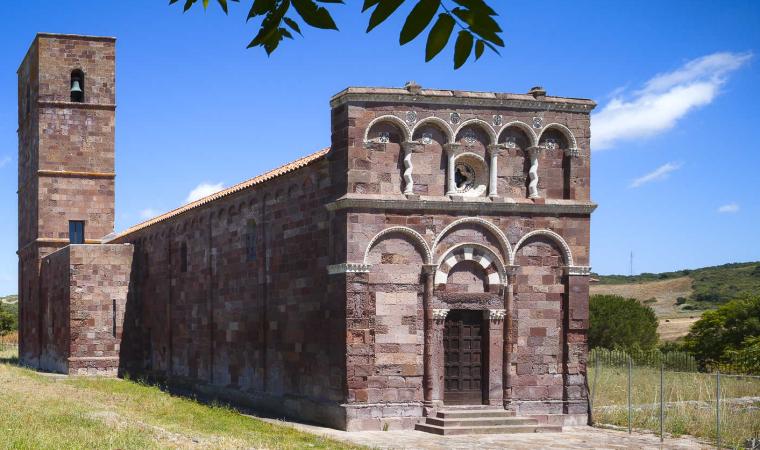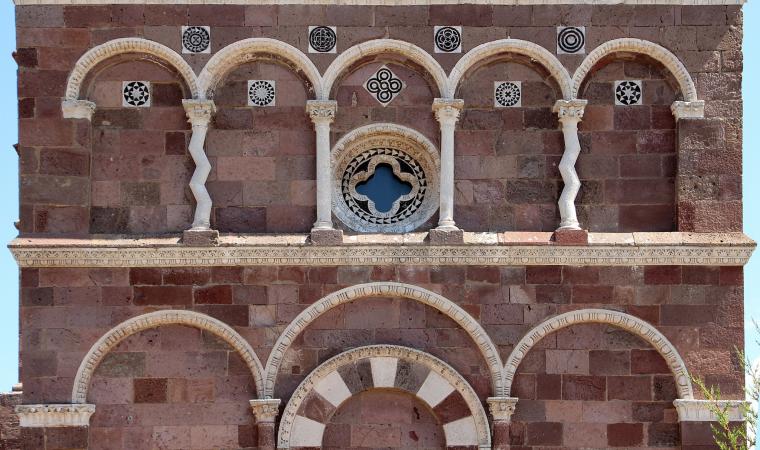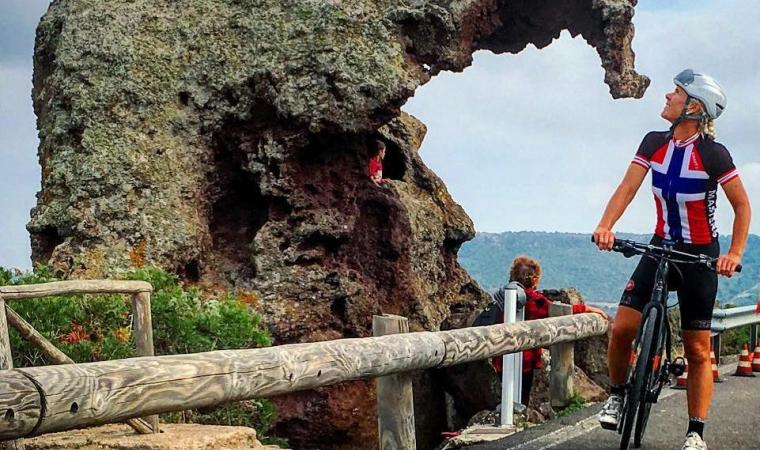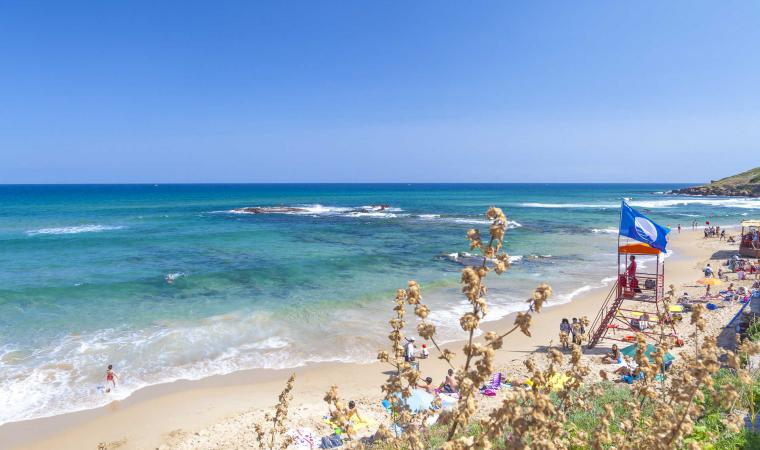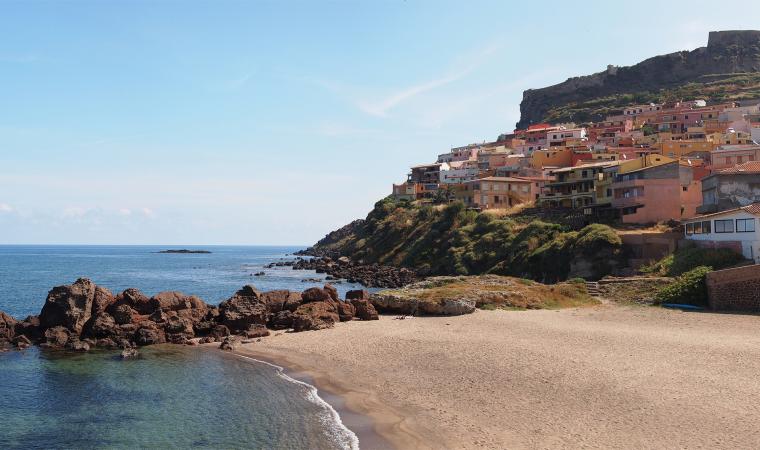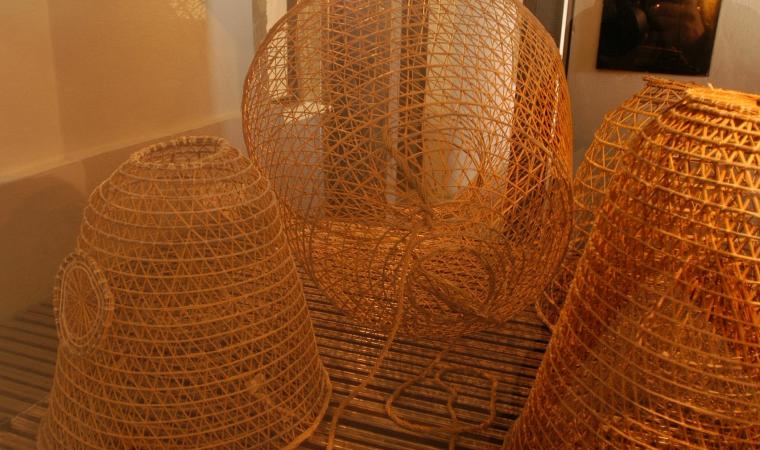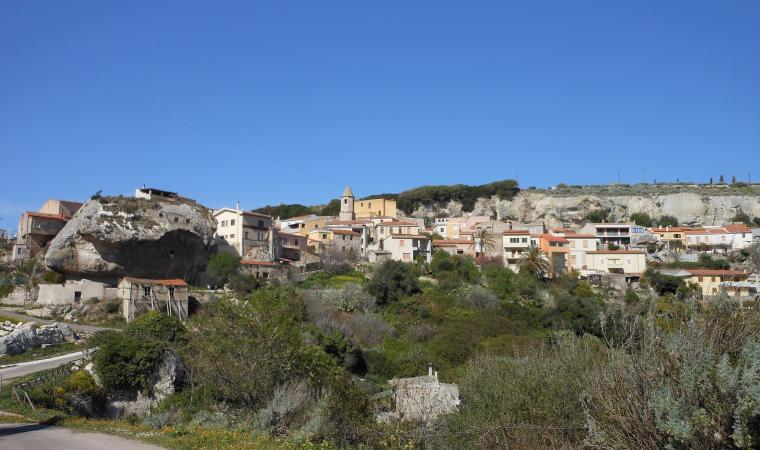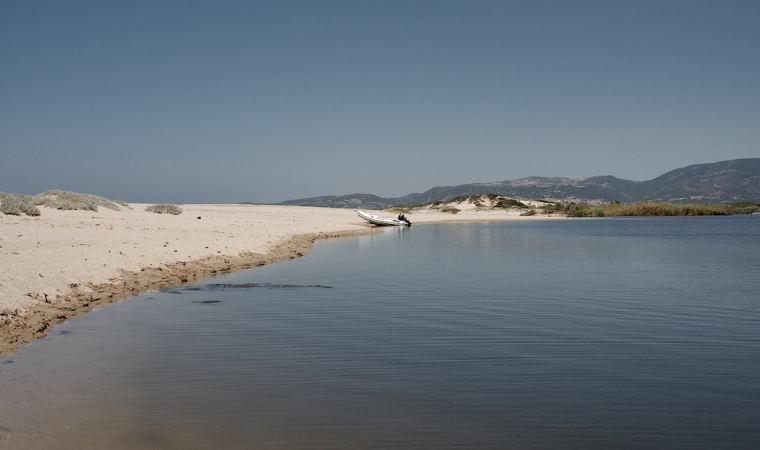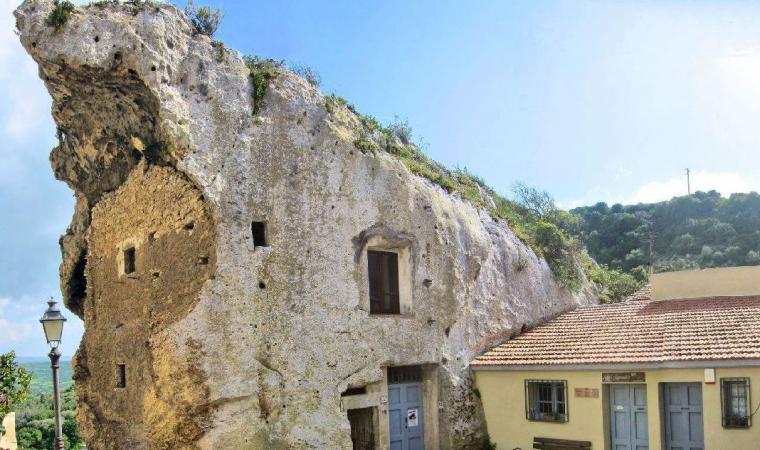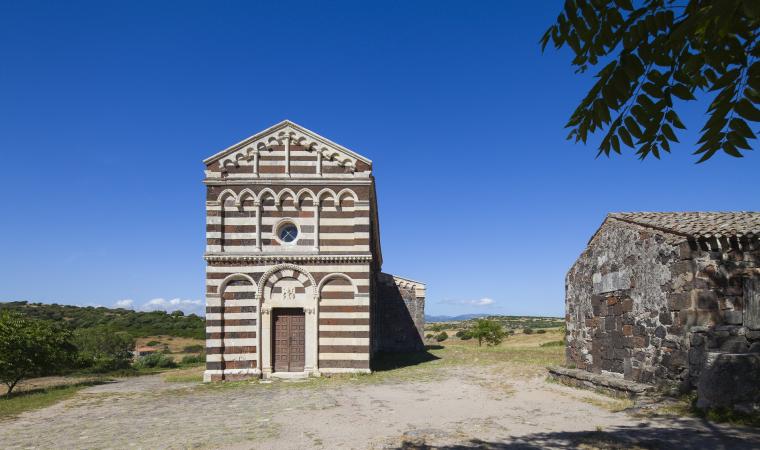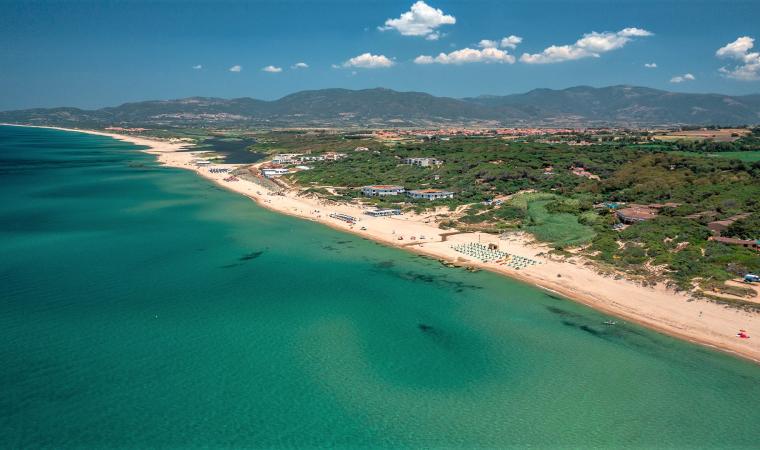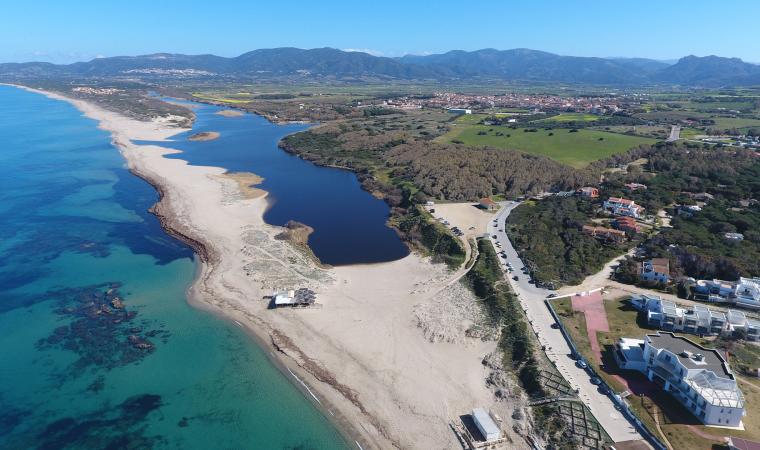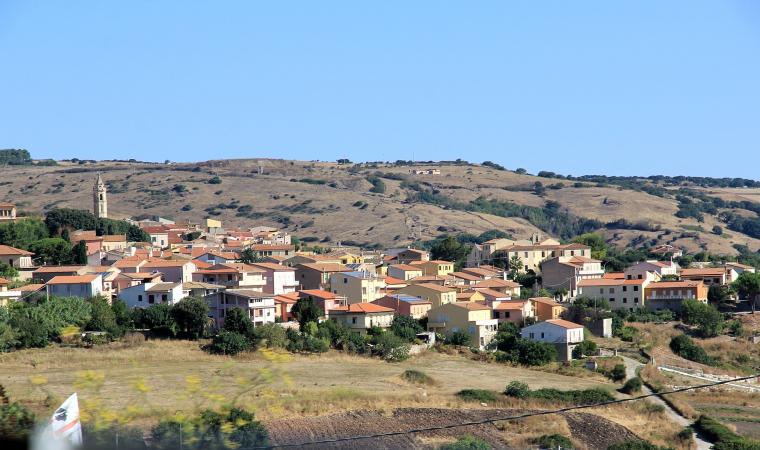Tergu is a farming community of less than 600 consisting of a small town and some isolated houses scattered across a fertile basin. An independent municipality since 1980, it used to be a hamlet of the municipality of Castelsardo, from which it is 10 kilometres away. On Monday before Easter, confraternity members and the faithful walk the road linking Tergu and the capital of Anglona in one of the most fascinating rituals of the Holy Week of Castelsardo. The procession of Lunissanti departs at dawn from the Church of Santa Maria degli Angeli in Castelsardo, passes by Lu Bagnu and finishes at a small rise on the outskirts of town, where the Church of Nostra Signora di Tergu is located. The evening return is illuminated by a long line of torches. The church was built in the second half of the 11th century by the ruling family of the Giudicato of Torres. It was expanded in the following century when it became a Benedictine Abbey (it is sited in the Montecassino documents from 1122 onwards). Along with the monastery, of which only ruins remain, it was the seat of the Cassinese Congregation. From the 12th century onwards, the complex was one of Sardinia’s most prestigious and significant: about ten monasteries were directly dependent on the Abbey of Tergu. The church majestically rises above the surrounding vegetation, set off by its quoins of purplish red trachyte and white limestone decorative elements. The original Romanesque design has been modified during various restorations over its one-thousand-year history with Gothic and Baroque details being added. It is not certain if the town was already in existence. It is likely however that a small settlement of people drawn to the monastery did exist. What is certain is that up to the end of the Medieval Period the fates of the abbey and the town were closely intertwined. The ceremony of re-consecration was likely very lavish. Our Lady is honoured on May 1 and September 8. Up-valley from the church, there is a group of typically rural houses (low, with large courtyards) and others scattered in the countryside. Basket weaving using dried dwarf palm leaves has brought the town fame.
The presence of human settlements in the basin of Tergu since Nuragic Age has been confirmed. In the lands surrounding the town, about fifteen nuraghes, some complex, have been found, including the three-lobed Tudderi and Riu Riu. The most significant site is the megalithic fortress of Monte Elias, occupied into the Roman Age. From the site, the view opens onto the eastern portion of the Gulf of Asinara, located a few minutes away. Roman sites and artefacts have also been found on Mount Rizzu, near the Colbu Nuraghe, where three steles, stone and terracotta urns and funerary equipment have been unearthed at a necropolis (1st century BC-1st century AD).

